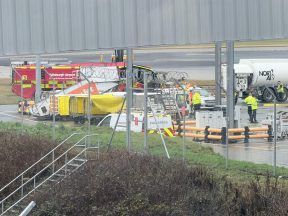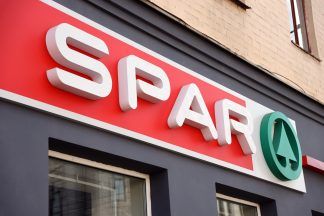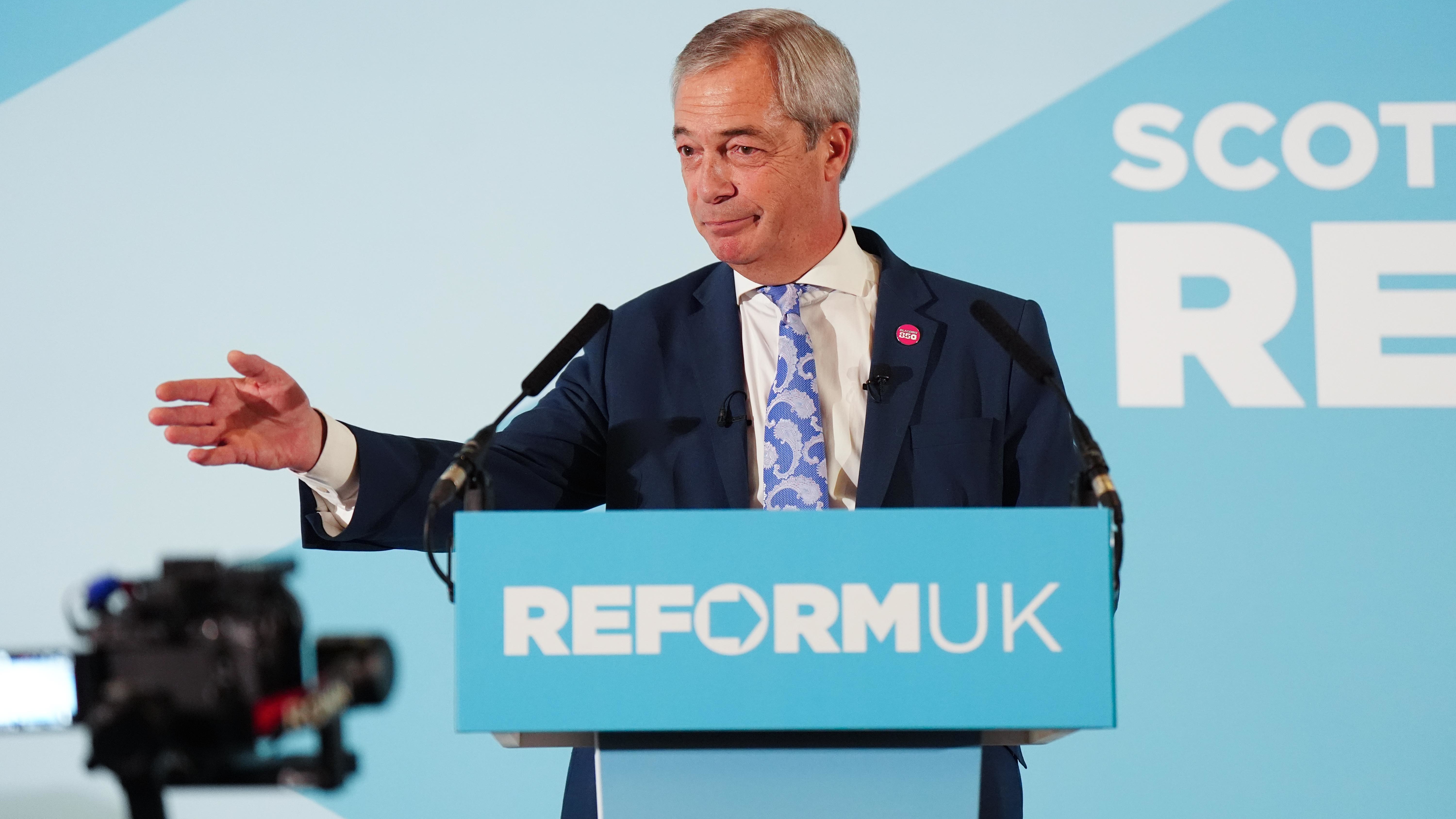Refreshed plans to meet air quality targets in Glasgow are set to go out for consultation, as the city centre remains an area “of concern”.
Work to update Glasgow’s air quality action plan, which will cover 2024 to 2029, began in 2021 but was paused to focus on the roll-out of the city’s Low Emission Zone.
The plan, which outlines the measures needed to improve air quality, has been adapted following revised guidance from Environmental Standards Scotland. Consultation, including with the public, is set to begin in the next few weeks.
Levels of nitrogen dioxide (NO2) “remain of concern” in the city centre, a council report stated, and an air quality management area is “in effect”.
The action plan is expected to lead to the revocation of the management area by “no later than 2029”. An annual report, published in September, stated the latest data, from 2022, showed the yearly mean objective for nitrogen dioxide was exceeded at four locations, including Gordon Street and Hope Street.
That report added nitrogen dioxide is more directly attributable to local traffic volumes and engine type, particularly diesel engines, while airborne particulate matter is more heavily influenced by non-local effects.
A council spokeswoman said: “Whilst Glasgow’s air quality is much improved in recent years, we remain committed to reducing levels of harmful air pollution to positively impact on the health and wellbeing of those who live or spend time in Glasgow.
“The draft plan which takes a citywide approach to achieving the best air quality possible, updates the actions we will take over the next five years to minimise emissions from road traffic, which is the main source of the harmful pollutant nitrogen dioxide.”
She added it will be some time before the benefits of the LEZ can be comprehensively reported, but early, not fully ratified indications are that there were lower levels of NO2 pollution in 2023 compared with 2022.
Updated guidance to councils stated action plans must include “specified target dates” for completing any measures taken and an assessment of whether they will be “sufficient to meet objectives”.
Priorities included in the draft plan include the continued enforcement of the LEZ and the development of a Glasgow transport strategy, which will include initiatives to benefit air quality, such as reducing peak-hour private car traffic in the city centre by 2030.
Other measures focus on accelerating the use of heat networks in the city to reduce the contribution to pollution levels from fossil fuelled heating systems, and reducing emissions from the council’s fleet of vehicles.
Work will also include a review of air quality monitoring in Glasgow with a focus around schools, hospitals, and care homes, supporting the expansion of active travel networks and awareness and enforcement campaigns around vehicle idling.
The council spokeswoman added: “Key priorities include the full roll-out of Glasgow’s LEZ to zone residents later this year to maximise its impact, and supporting those transport strategies that reduce reliance on private car journeys by encouraging a shift toward sustainable and active travel.”
Consultation on the draft plan will last for at least six weeks and will be available on the council website. Once finalised and approved by the council’s administration committee, it will be submitted to the Scottish Government.
Follow STV News on WhatsApp
Scan the QR code on your mobile device for all the latest news from around the country


 iStock
iStock























